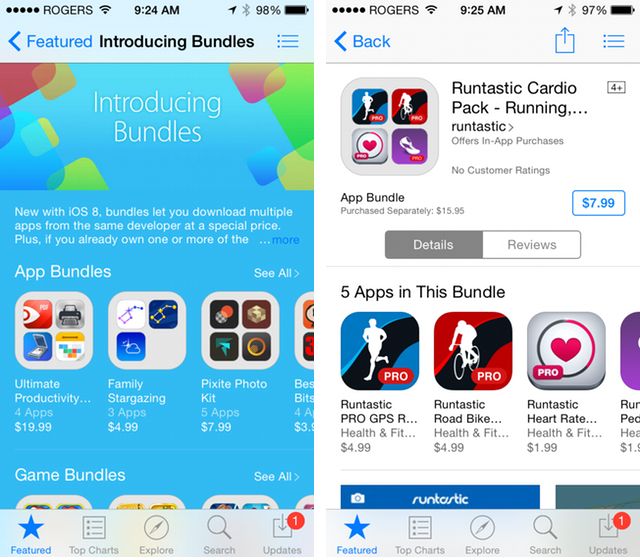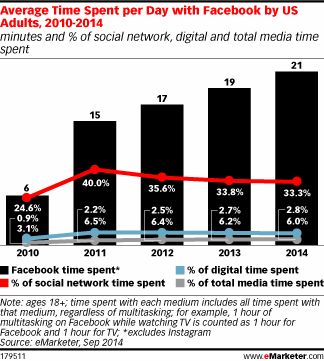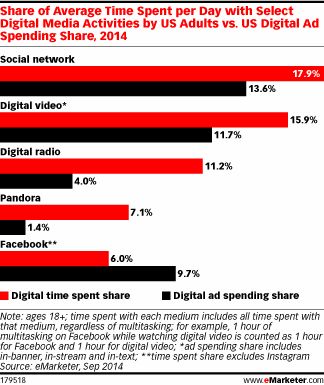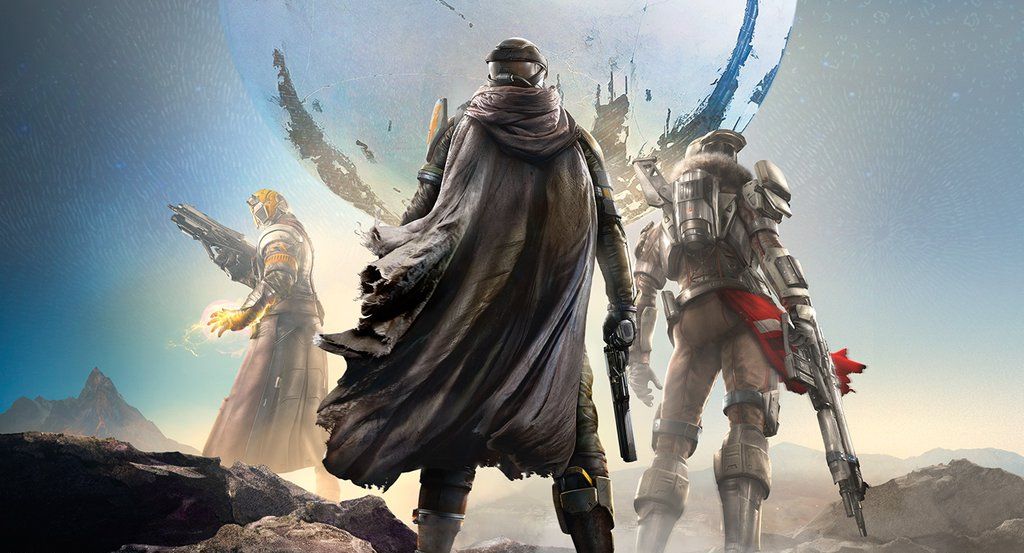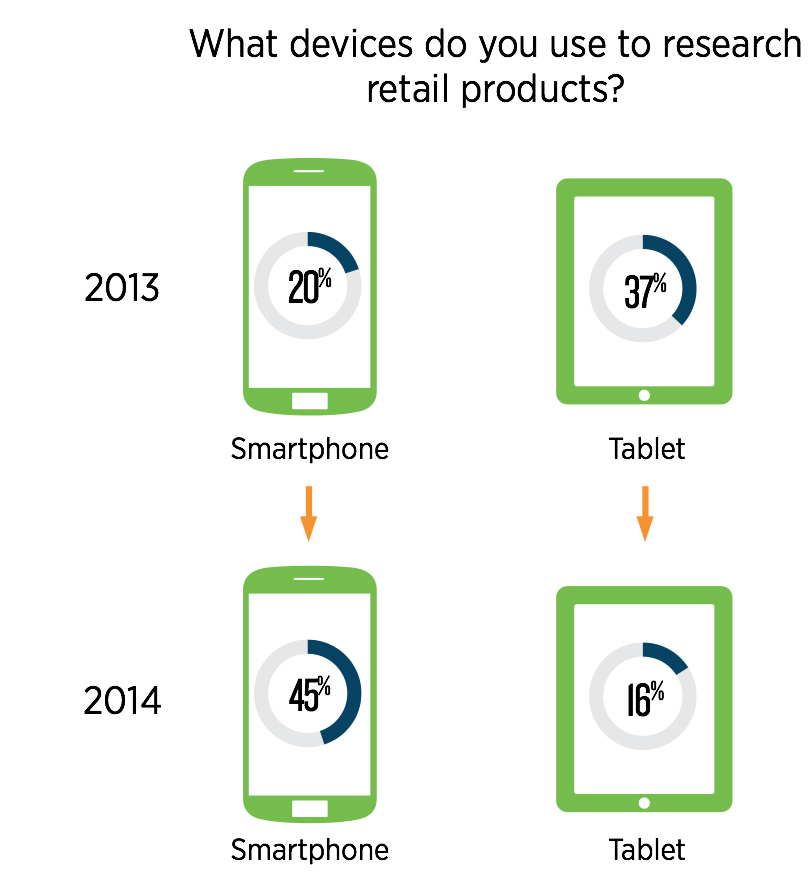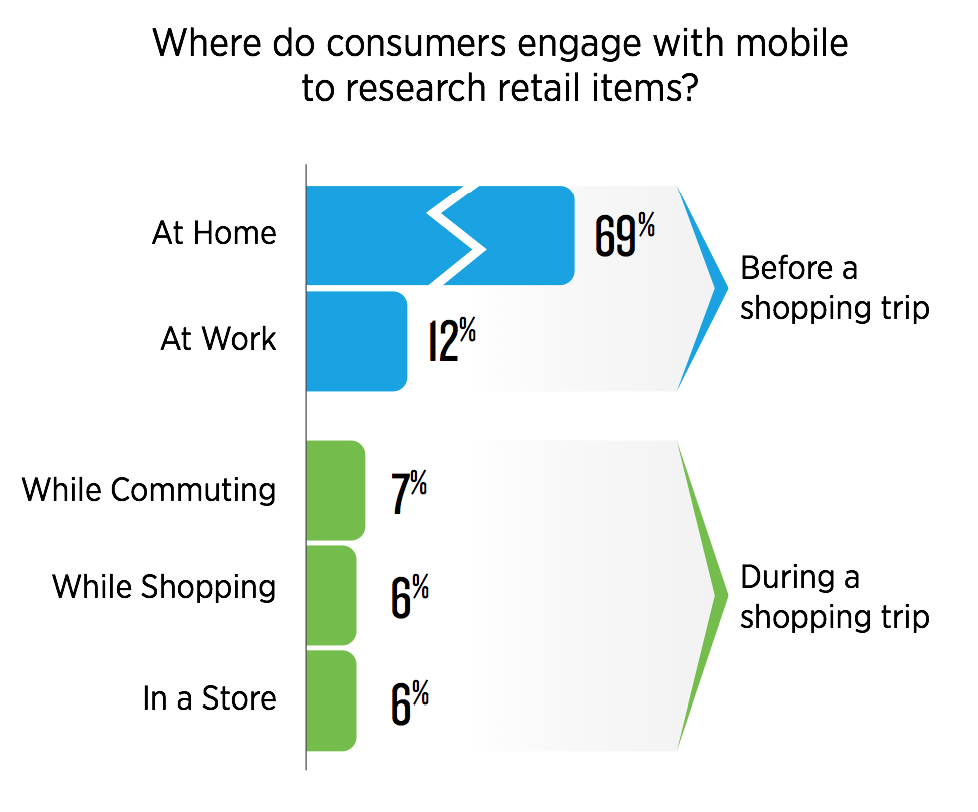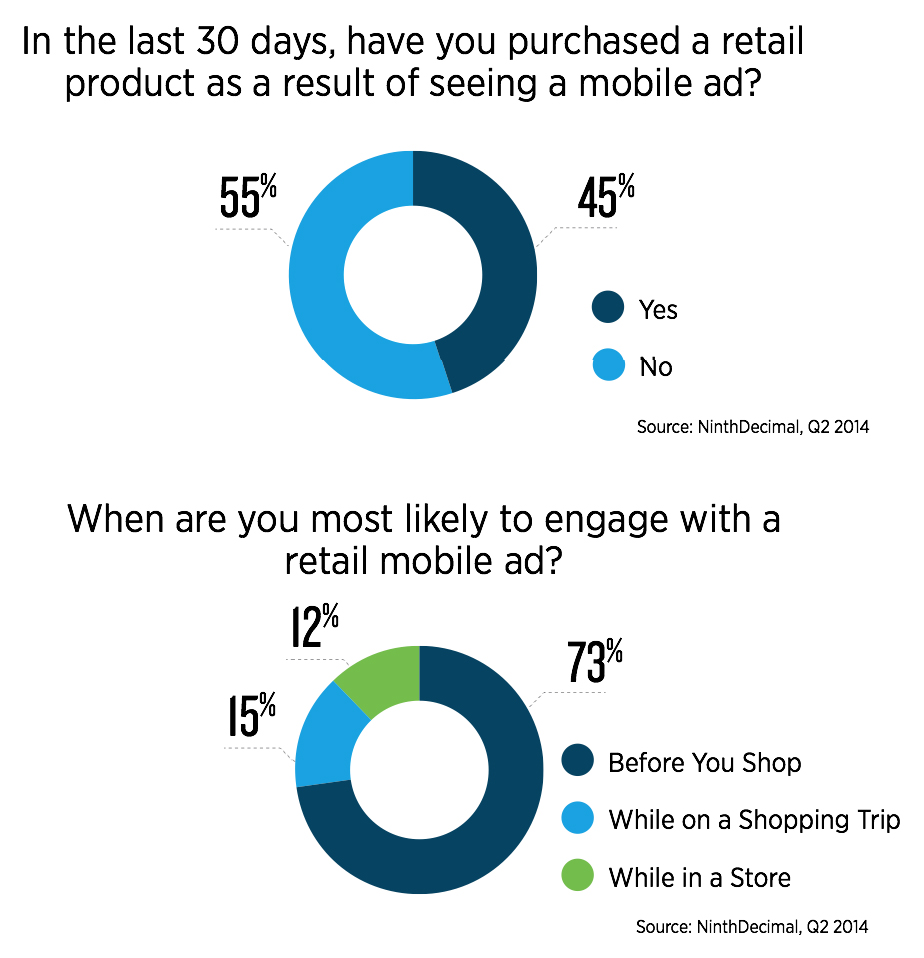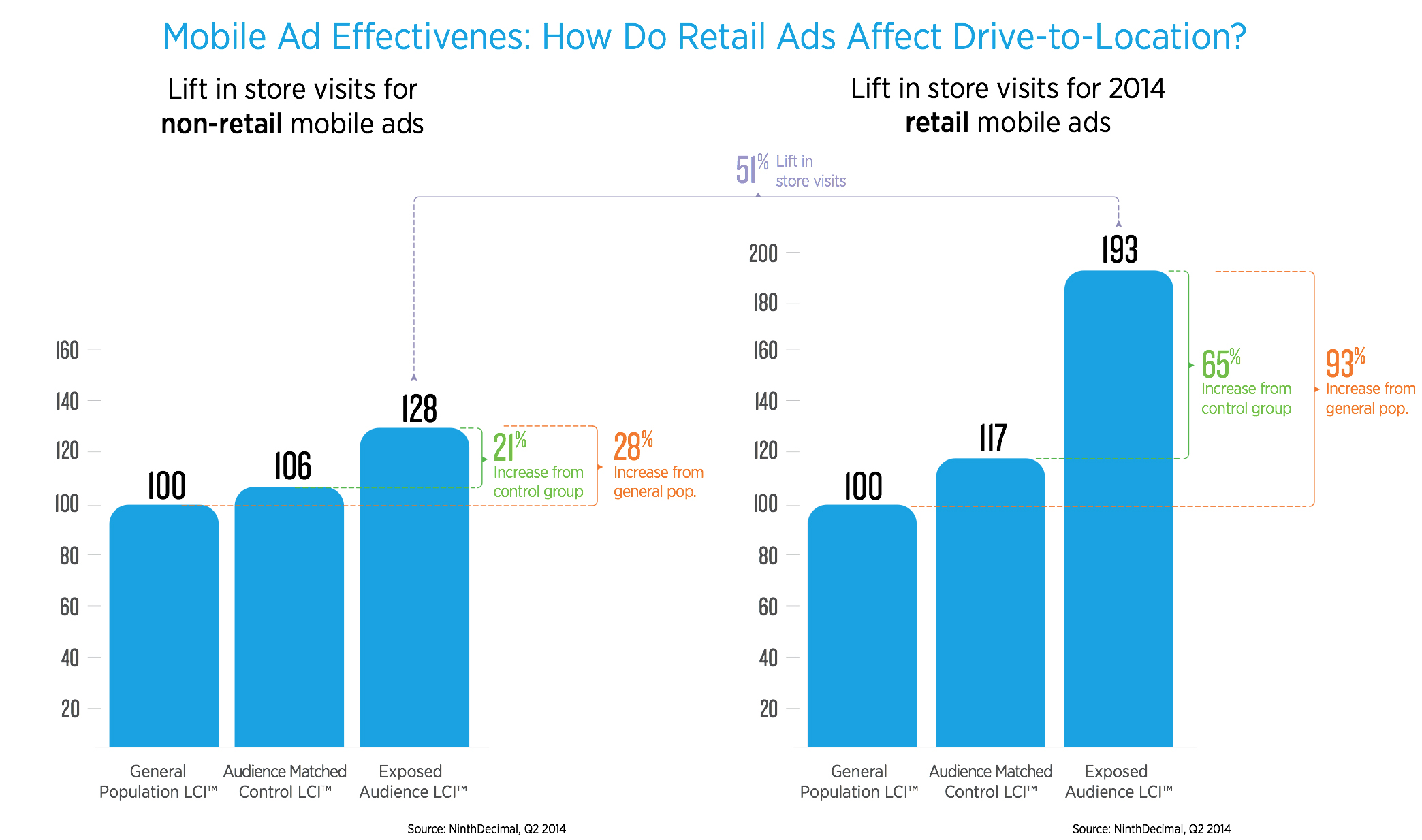It’s been a roller-coaster couple of weeks for Activision with Destiny, as the hotly-anticipated title shipped in record-setting numbers… then earned lackluster reviews from most reviewers. This has already had some heavy financial implications for Activision, and it may even affect the fortunes of Sony and Microsoft this fall. The fate of Destiny is still unclear, but the ripple effects may be even more important in the long run.
Let’s examine what happened with Destiny‘s launch. After the title was revealed, Activision CEO Bobby Kotick said in an earnings call that Activision is spending $500 million on Destiny. (He was referring to the total budget over time for development and marketing combined, and probably for the several ‘sequels’ that Activision has contracted for as well.) After months of laudatory coverage in the games media, Destiny was well received at E3, Gamescom, and PAX. Activision pulled out all the stops to promote the title, and even arranged for a special Destiny bundle edition of the PS4 in ‘glacier white’ along with some exclusive DLC to showcase the launch of the game. At the game’s launch on September 9, Activision proudly announced that Destiny had sold-in $500 million worth of Destiny to retailers. This was hailed as the largest sell-in of any new IP in history for the game industry.
Expectations met reality that week as the reviews began to be posted. By the weekend, all the major game sites had reviewed Destiny, with varying degrees of disappointment. The Metacritic score currently sits at 77, with a user rating of 6.6. Customers were also complaining about a distressing (and baffling) lack of customer service, and generally many were feeling disappointed because the content was not as rich as was expected. The end-game raids hadn’t yet appeared, and many finished the game and felt like there was little left to do.
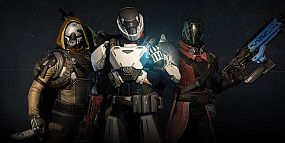
These numbers were below expectations by analysts like Michael Pachter, who was expecting scores in the 80s or 90s. By Monday, Activision’s stock was taking a beating, and the share price finished down about 8.5 percent by Tuesday, losing over $1 billion in value from the company’s market capitalization. Ironically, that’s more than twice the retail value of the Destiny sell-in, and more than twice what Activision has been planning to spend on the franchise.
Activision announced on Monday that Destiny has sold through some $325 million worth of product to consumers, meaning that there’s still a considerable amount of inventory in the channel. Overall, Destiny sell-in exceeded Pachter’s expectations while sales where in-line with what he expected, meaning that the final quarter of the year may see a little lower sales than was predicted.
What does all this mean for Activision Probably not much in the long term, even though the game may not have performed at the high end of the hopes Activision entertained. The problems identified in the reviews and the customers mostly centered around lack of content, which will be readily solved as Bungie labors to build more content for the franchise. Tweaks in AI, and perhaps some better scripting on the story content, can also be readily made. The core game engine and combat controls are widely acclaimed, and that’s one of the most difficult parts to get right. Destiny has a firm foundation, by all reports, even if some of the rooms aren’t finished and the paint job needs some touchups. Long-term, the game will probably become the billion dollar franchise that Activision wants, but it’s going to require a lot of work.
The greater impact of Destiny‘s merely achieving low Earth orbit instead of escape velocity in its initial few months may be on the console battle between Sony and Microsoft. Short-term it puts Sony’s holiday success in doubt, and gives Microsoft an opening to reclaim the #1 selling console slot in the USA.
Destiny looked to many people like a Sony exclusive, due to the special PS4 Destiny edition, exclusive PS4 content, and a lot of marketing spending by both Sony and Activision. Activision’s strategy appeared all along to be to “give” Destiny to Sony and Call of Duty: Advanced Warfare to Microsoft. At least, that’s how it looked at E3, Gamescom and beyond, given which games Sony and Microsoft were featuring. There’s a special Xbox One edition coming out soon based around Call of Duty: Advanced Warfare. Sony was quite probably hoping that Destiny would drive PS4 sales more than Xbox One sales.
Now it’s a good possibility that Destiny will prove to be successful, yet not capable of driving hardware sales for Sony this holiday season the way it may have if the game were more enthusiastically received. The more standard success of Destiny won’t be pushing more PS4s, as word spreads among players that Destiny isn’t yet the universe-shattering hit they were looking for.
This leaves Microsoft looking better than ever for the holiday season, as Sony’s biggest potential system-sellers (top exclusive titles) have all moved into 2015. Microsoft has Sunset Overdrive coming soon, but the real driver for holiday sales of the Xbox One is going to be Halo: The Master Chief Collection. That title should do well, but according to Michael Pachter Microsoft isn’t leaving anything to chance. At GamesBeat, Pachter proclaimed that Microsoft has a killer promotion planned for the fall, and advised people to hold off on buying an Xbox One right now until that’s announced.
We’re likely to see at least some sort of free game offer from Microsoft, since that doesn’t add much to their costs, similar to the free game offered during the Destiny introduction week. Sony probably won’t be napping, either, and will no doubt respond with a promotion of their own if Microsoft looks to gain too much ground.
Ultimately, it really doesn’t make a difference to either Sony or Microsoft’s earnings if one company or the other is tops in sales. Both companies are doing very well with new console sales. The issue of which company is #1 in a given month is really one of those measurement contests that execs often indulge in, and you can bet the rulers are being readied at both companies to see who has the bigger sales this holiday season.
Destiny‘s eventual fate will most likely be a strong success, as it joins other key Activision franchises in the billion-dollar club. In the short term, though, Destiny may help Microsoft gain some ground in the console wars — an interesting side effect no one predicted six months ago.
